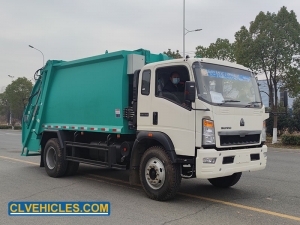
Featuring full hydraulic operation, it includes a back pressure valve, high-pressure hydraulic filter, two-way balance valves, and special hydraulic lines for plateau conditions.
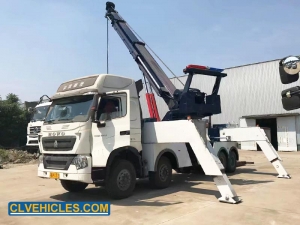
This wrecker has the functions of lifting, pulling, lifting, etc. It is convenient, quick, good-looking, safe and reliable. This truck wrecker is widely used in highways, public security traffic police, airports, terminals, auto repair industry and highway companies, etc.
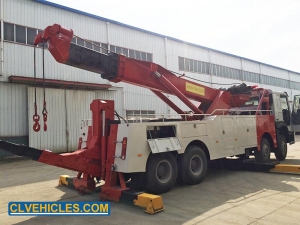
Wrecker truck equipped with lifting winch device and wheel bracket which can lift, towing, back load and transport.Widely used in road, police traffic, airports, docks, auto repair company, industry and highway departments, timely, fast clean-up accident, failure, illegal and other vehicles.
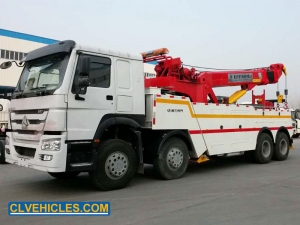
Road wrecker is used for safety salvage of vehicles subject to city road, suburb way, highway, airport and bridge road. It is suitable for medium and small-sized cargos, cars and other special vehicles, which are allowed within the technical parameters of this kind
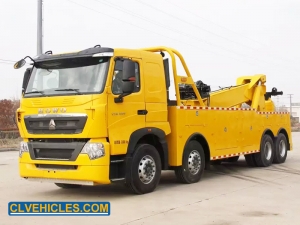
The tow wrecker is called the road wrecker, also known as road rescue vehicle. It has many functions such as lifting, pulling and lifting traction.
There are not many opportunities for wreckers to lift vehicles with booms, and they are generally used on uneven roads or on ground with many obstacles. Its working procedures mainly include the following aspects:
1. Choose a parking lot. When the wrecker truck arrives at the accident site, the site should be surveyed first, and the main vehicle parking point and the accident truck should be selected for the empty space. Try to choose a flat place for parking and lifting. At the same time, it is necessary to estimate the actual weight of the crane being hoisted, observe whether the crane is within the working range of the boom, and try to make the main vehicle close to the crane being hoisted. When choosing a parking spot, the distance to the crane should be considered, including the space covered by the maximum telescopic stroke, upward inclination angle and horizontal rotation radius of the boom under the premise of satisfying the lifting weight. Clear or avoid obstacles in the space required for the boom to rotate. Take special measures such as avoiding or powering off obstacles that may be touched, such as aerial cables and other obstacles that cannot be removed.
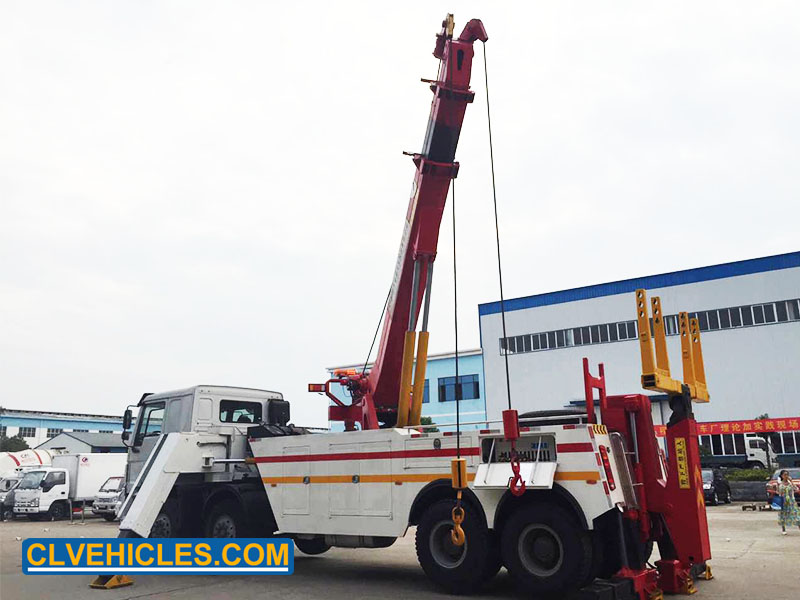
2. Drive the wrecker truck to the parking point, put in neutral gear, pull on the handbrake, put on the second gear, and engage the power take-off. Operate and control the extension of the left and right front and rear outriggers (there are two stop pins on the left and right sides of the rear outriggers, which must be pinned to prevent the danger from retracting due to external force), and the wheels are about 20-50mm off the ground. If the ground of the outriggers is soft, it is necessary to add sleepers for padding.
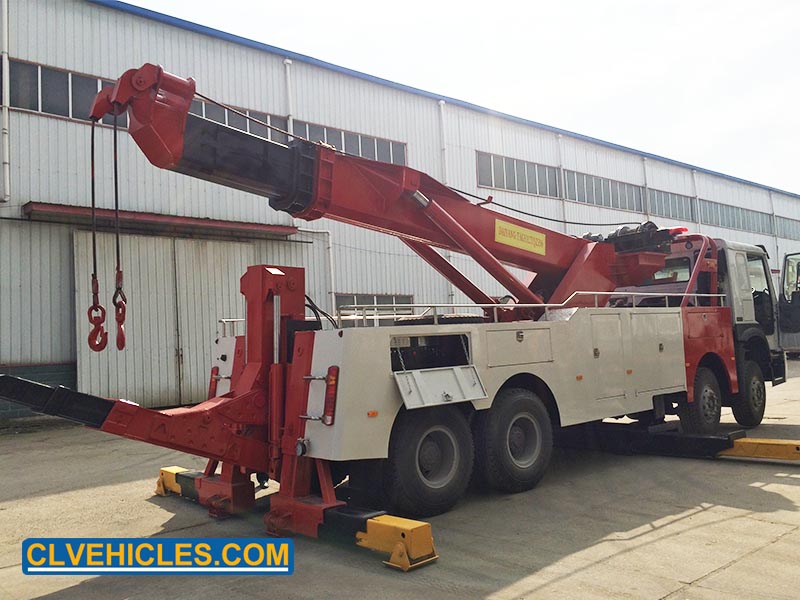
3. Clean up the towed vehicle. No people are allowed to stop in the accident vehicle. The cargo in the vehicle and the objects that may affect the lifting should be unloaded to reduce the weight. Possibility of danger.
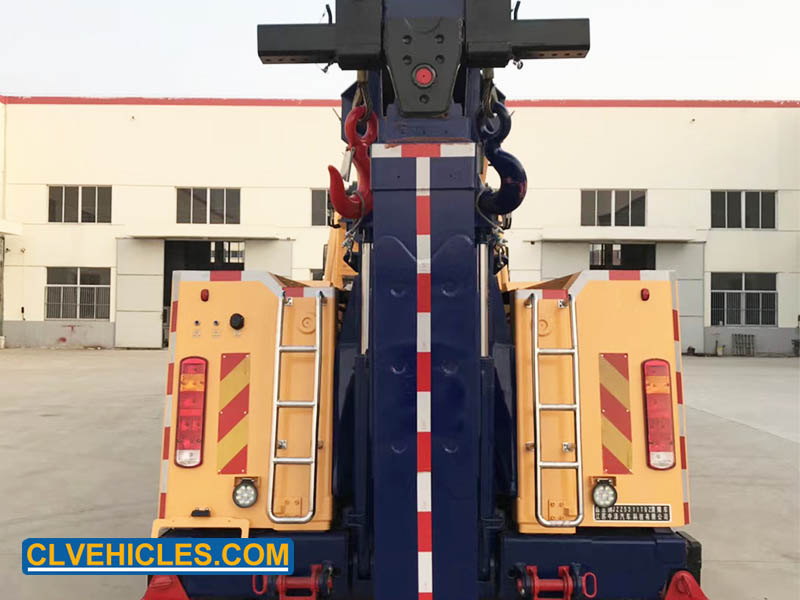
4. Choose the place where the boom hook is hooked on the accident vehicle. The hook or lanyard must be strong enough to bear the weight of the vehicle.
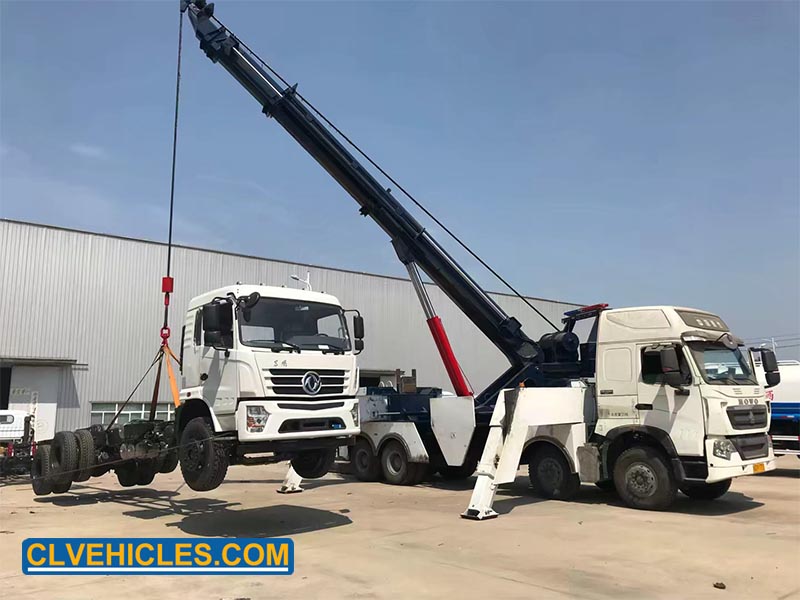
5. Pull out the stop pin of the rotating hanger, rotate the wrecker boom to the direction of the crane, extend the boom so that the top of the boom is vertically above the center of gravity of the crane (estimated), and lower the steel cable to prepare to hang the crane. The joints must be connected before and during hanging, and the steel cable is not allowed to be twisted. Operate to shrink the height of the steel cable, maintain the balance of the suspended object and rise at a constant speed to prevent rollover. When the accident vehicle is hoisted to a certain height, the rotating boom is put down in an open space. During the entire lifting process, the boom is not allowed to extend or retract. During the rotation, pay close attention to whether the support legs of the main vehicle have subsided, and stop the operation immediately when they find a significant subsidence.
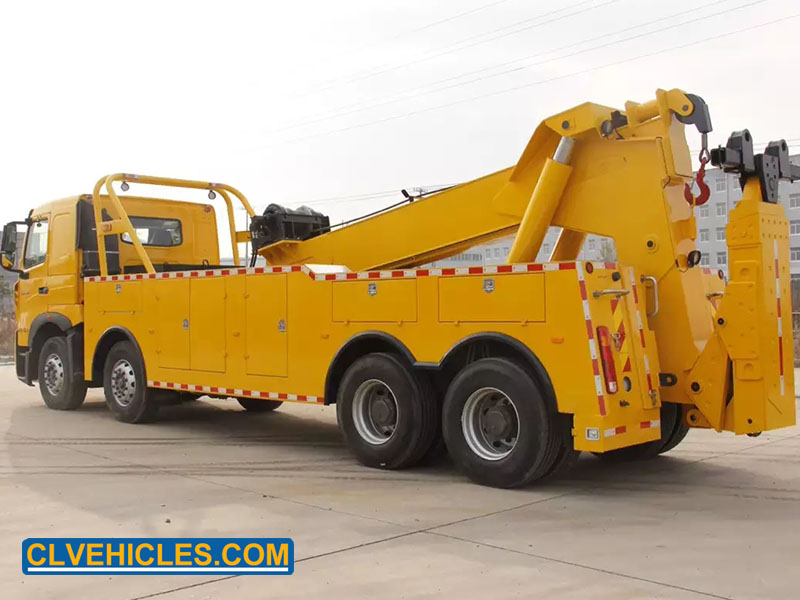
6. After the boom is extended, the heavy objects can be lifted from a very high point. At this time, be sure not to load too much on one side and make the center of gravity of the vehicle deviate from the safe range. Special attention should be paid to the longitudinal center of the rotating boom and wrecker. When the line is at a right angle, it is extremely easy to overturn the wrecker due to too much load moment. Generally, you can determine or judge the current allowable force state of the jib by comparing with the jib lifting capacity graph.
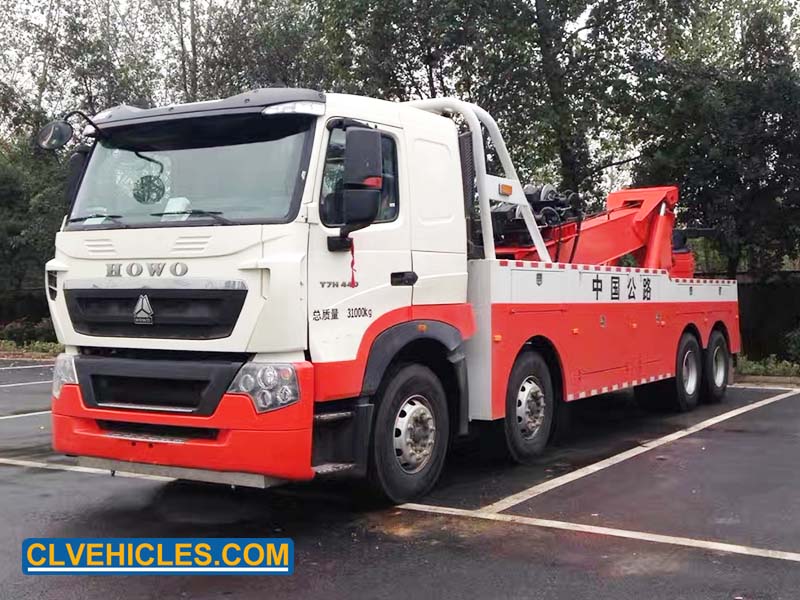

 online service
online service 0086-2787058417
0086-2787058417 0086-7223801382
0086-7223801382 info@chengli-trucks.com
info@chengli-trucks.com truck0809
truck0809 8615072324118
8615072324118